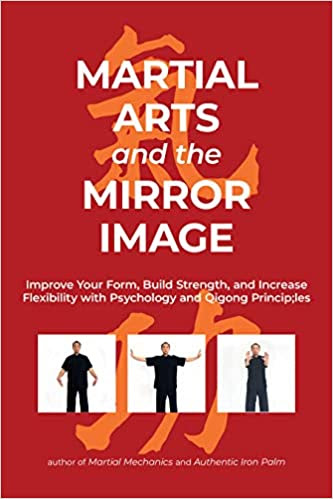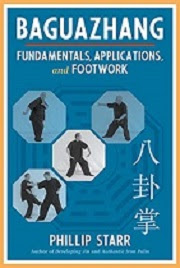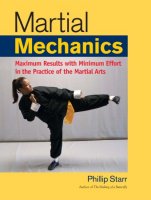By Phillip Starr
Most practitioners hurry through this beginning position because they don't understand what it is and what it's for... This initial posture sets the “tone” for the rest of the set. In forms of neijia, it should be relaxed and qi/breath should sink to the dantien (tanden) while the spirit calms and the mind becomes focused and sharp. It is much the same in arts such as taekwondo and karate.
If the body or mind is tense, the form will be too tense and wooden. If the breath is shallow and high (in the chest), there is no “root”; balance is easily lost, and the spirit is in disarray. If the mind is not focused on the (imaginary) battle that is about to ensue, it becomes scattered and the movements will lack real power and focus.
Therefore, I encourage students to take a few seconds to relax (drop the shoulders naturally), sink the qi/breath, and focus the mind before beginning the actual form.


.jpg)
















